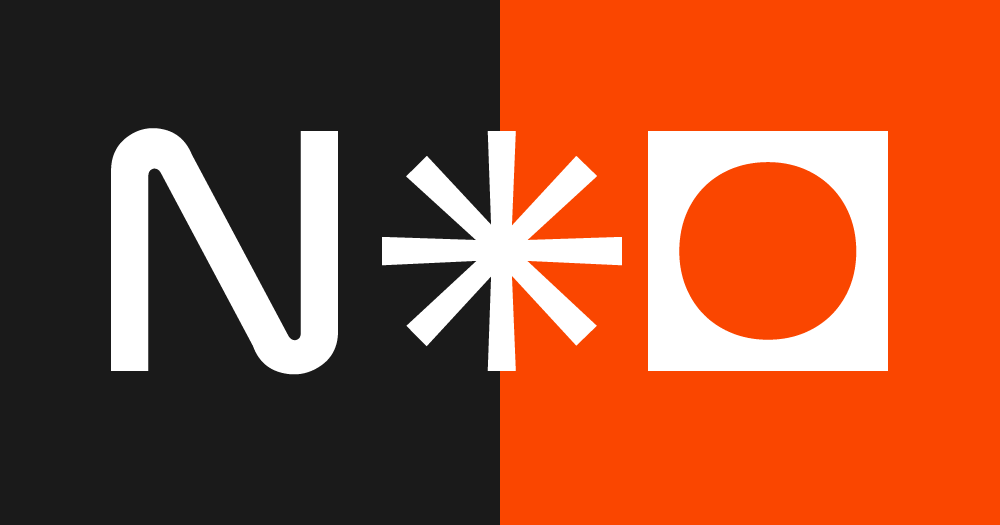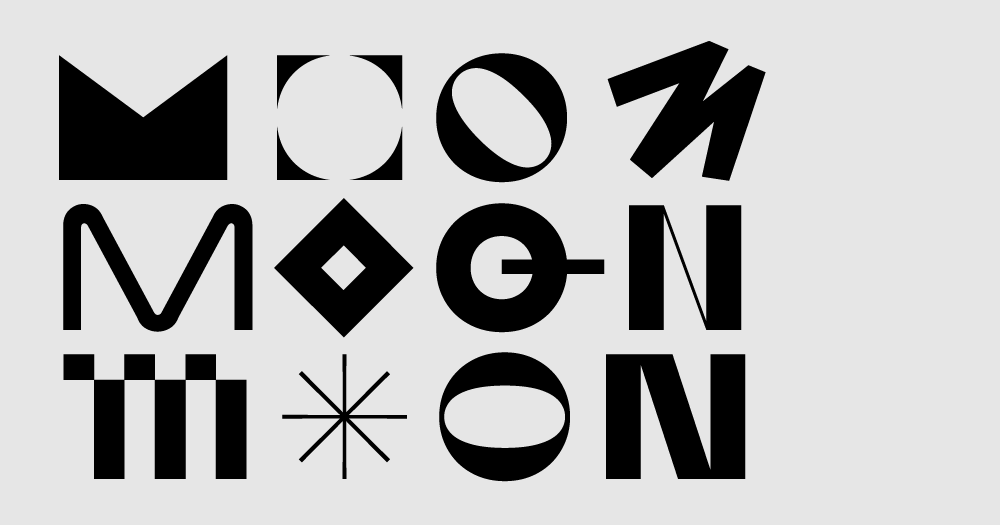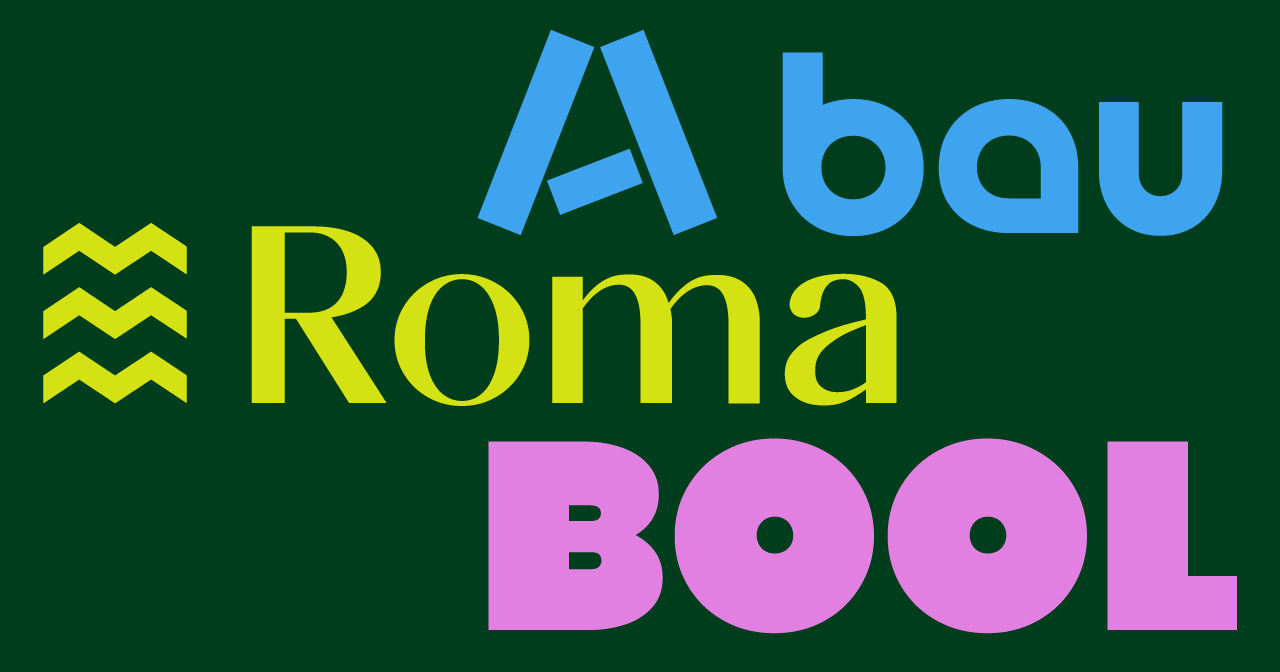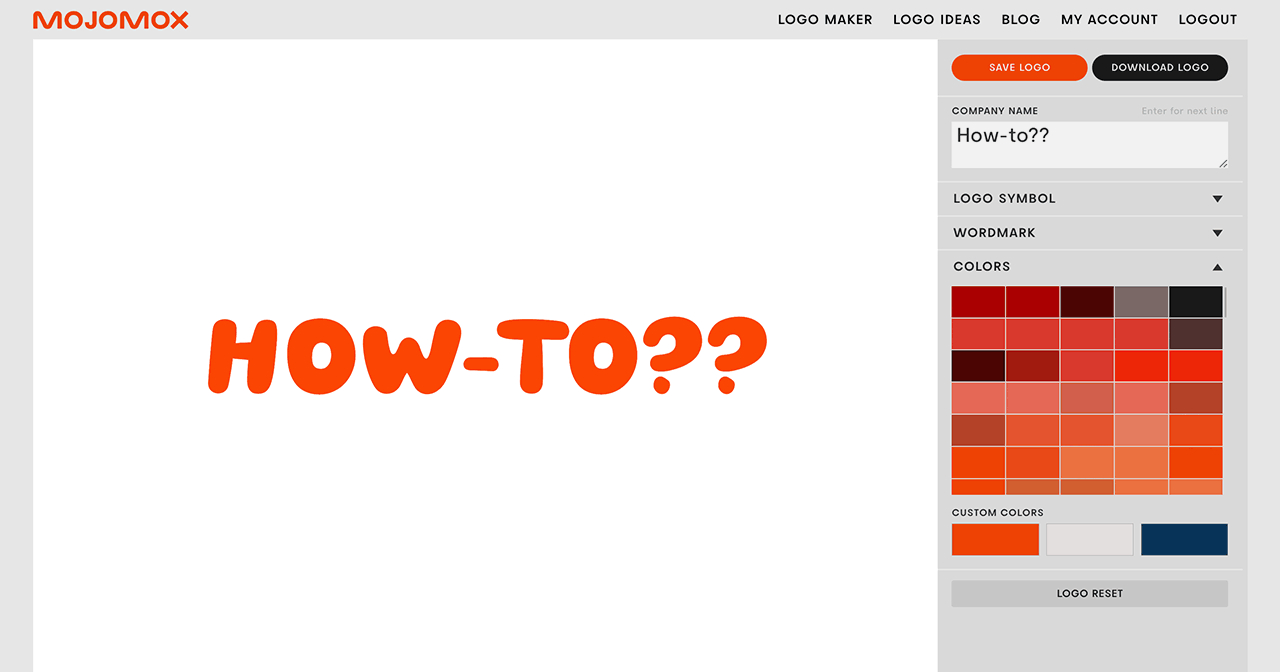Visual Identity: Building a Bold Brand with Strong Visuals
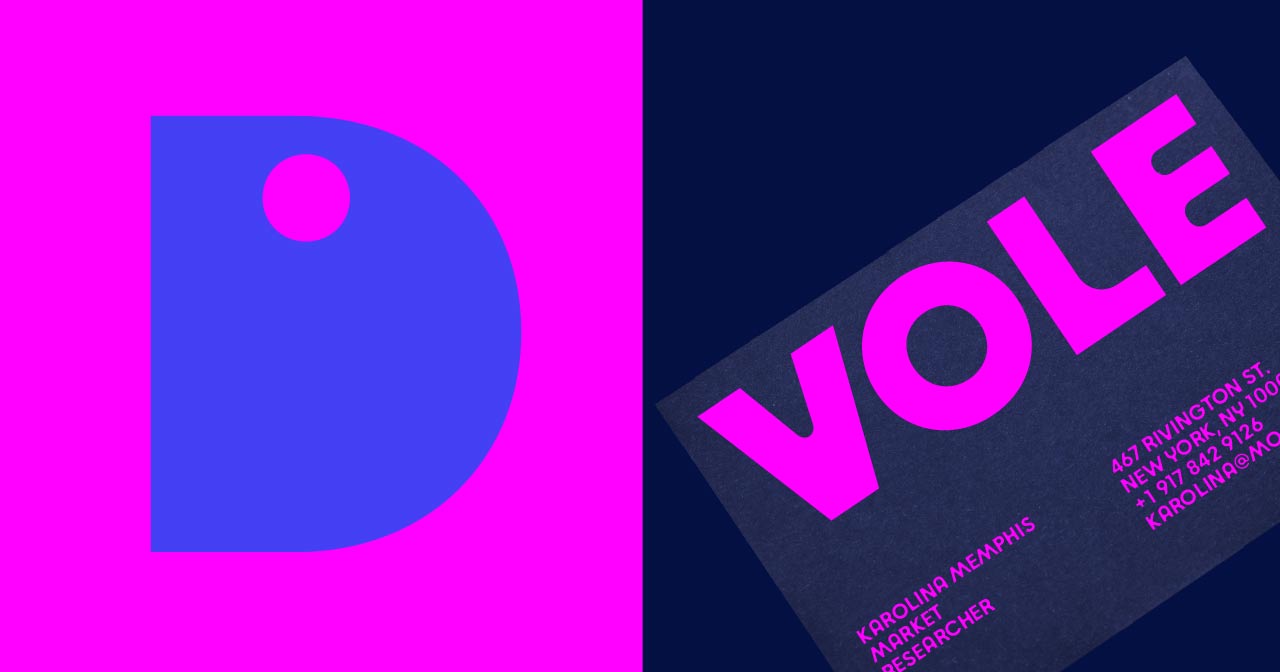
What’s a visual identity?
Visual identity is how your brand visually communicates who you are, what you offer, and why you matter. Think of it as your brand’s face—something customers remember and associate with you. In today’s image-driven world, a well-built visual identity can be the difference between being noticed or overlooked.
This guide covers the essentials of creating a strong visual identity and maintaining it. Whether you’re starting fresh or revamping an existing brand, follow these steps to create work that stands out.
Visual identity includes the visual elements that define your brand’s look and feel. These components work together to create a consistent and recognizable image across all channels.
Core Components of a Visual Identity:
- Logo: The symbol or design that represents your brand.
- Color palette: A defined set of colors that reflects your brand personality.
- Typography: The fonts you use in your branding materials.
- Imagery: Photos, illustrations, and graphic elements.
- Design elements: Patterns, icons, and shapes that accompany your visuals.
How to design a minimalist logo in 4 steps
Visual Identity vs. Brand Identity
While visual identity deals with what customers see, brand identity covers the broader experience.
Key Differences:
| Visual Identity | Brand Identity |
|---|---|
| – Logos, fonts, colors, and imagery | – Values, messaging, and personality |
| – Design-focused | – Emotional connection |
| – External representation | – Internal meaning |
Analogy: Think of your brand like a car. The visual identity is the car’s look—its color, shape, and design. The brand identity is how the car makes you feel, its performance, and its reputation.
Branding for startups: 4 questions to ask when starting out
Why Is a Visual Identity Important?
A strong visual identity builds trust and recognition. Here are some reasons why it’s needed:
- First impressions matter: Customers form opinions within seconds.
- Consistency builds trust: When your visuals are consistent, your brand appears reliable.
- Emotional connection: Visuals help evoke feelings, creating lasting impressions.
- Competitive differentiation: Distinct visuals help you stand out in crowded markets.
5 strategic steps to a professional business logo
Steps to Create a Strong Visual Identity
Step 1: Define Your Brand’s Core Values
Before designing, understand your brand’s mission, personality, and values. These will guide every visual choice you make.
Questions to Ask:
- What emotions should your brand evoke?
- Who is your target audience?
- What makes your brand unique?
Step 2: Design the Basics—Logo, Fonts, and Colors
Logo
Your logo is most often the first interaction people have with your brand. Make it simple, memorable, and scalable.
- Keep it unique but not overly complex.
- Ensure it works in both color and black and white.
- Test it at different sizes.
Design Tip: Try creating or refreshing your logo with the Mojomox logo maker app.
Fonts
Fonts convey tone. A serif font can feel classic and formal, while a sans-serif font can be modern and clean. So if you have a brand trait on your list that represents a tone (a style, a way of doing things), a font is the easiest (and cheapest) way to communicate the trait across your marketing channels. A common and minimal way is to use the font in your logo and as your brand font in which you type your brand’s texts.
Examples:
- For a traditional look: Edde from fonts.mojomox.com
- For a minimalist style: Slim or Scal
Color Palette
Colors trigger emotions. In modern branding, it’s easiest to select one main color, a secondary color and a third color for accents. The main color will be “your” color—it’s the color of umbrellas if you’re a restaurant, the color of your company car if you have one, the color of your profile image for social media and so on. The secondary color is for design assets that require more variety—websites, brochures, illustrations etc. And finally, the third color is for accents—elements that need to stand out, such as call to action buttons (CTAs) on a website or in newsletters. All three colors need to be able to be next to one another without clashing.
No worries—each color can be used in shades and tints too, darker and lighter versions of the same color. This way, you’re not introducing new colors and dilute your palette but you add design variety instead. Of course, you can also have more or fewer colors than three but if you want to avoid building a complex color system, three colors are best practices.
- Blue: Trust, professionalism, reliable
- Red: Energy, excitement, strong
- Pink: Love and party
- Green: Growth, harmony, taste, luck
- Yellow: Optimism, warmth, smart
- Orange: Creativity, enthusiasm, affordable
- Purple: Luxury, ambition, magic
- Black: Power, cool, sophistication
- White: Simplicity and cleanliness
- Gray: Neutrality, balance, hiding
Tip: Ensure your palette is accessible for people with visual impairments. Fewer colors, stronger colors will often help.
Step 3: Expand to Shapes, Patterns, and Other Visual Elements
Shapes and textures enhance brand perception.
- Rounded shapes: Feelings of warmth and community.
- Sharp edges: Precision, trust, and stability.
- Patterns and gradients: Modern or playful touch.
For one-of-a-kind logo symbols, check our shop at logo-icons.com.
Step 4: Create a Visual Identity Style Guide
A style guide ensures consistency across all touchpoints. Over time, build up a style guide—how your logo should be used, how it should not be used, color numbers (RGB, CMYK, and/or HEX values), a few applications of how you want your brand to look. A style guide can be as short or long as you want.
Include:
- Logo usage guidelines
- Color palette specifications
- Typography rules and pairings
- Examples of do’s and don’ts
It’s easiest to build out a style guide as you build your brand—no need to overthink this. It’s mostly about having some sort of documentation of how to use brand elements technically, so you can copy and paste things next time you need to create assets, and for when you have multiple people working on your project—you don’t want them to come up with their own interpretation of your visual identity.
Maintaining Consistency Across Channels
Quick Checklist:
- Website
- Social media posts
- Packaging and product design
- Physical marketing materials
- Email campaigns
Tip: Assign a “visual identity owner” to ensure all visuals meet brand standards. This is usually the brand designer.
Organize your assets: Store brand elements in a central location using tools like Google Drive. Mojomox also has a simple brand assets view built in that can be shared with others. People can pull assets such as logos and font from it.
Examples of a Strong Visual Identity
Best Practices for Visual Identity
- Keep it simple and flexible.
- Prioritize accessibility.
- Design with scalability in mind.
- Maintain consistency but evolve over time.
Common Mistakes to Avoid
- Using too many colors or fonts.
- Ignoring your target audience’s preferences.
- Inconsistent design across platforms.
- Overly complex logos that don’t scale well.
Summary
A strong visual identity is essential for creating brand loyalty and recognition. By following these steps and ensuring consistency, you can build a visual system that supports your brand’s growth.
Ready to refresh your brand? Check out our Mojomox font collections or logo maker to get started. Type your brand name below:
